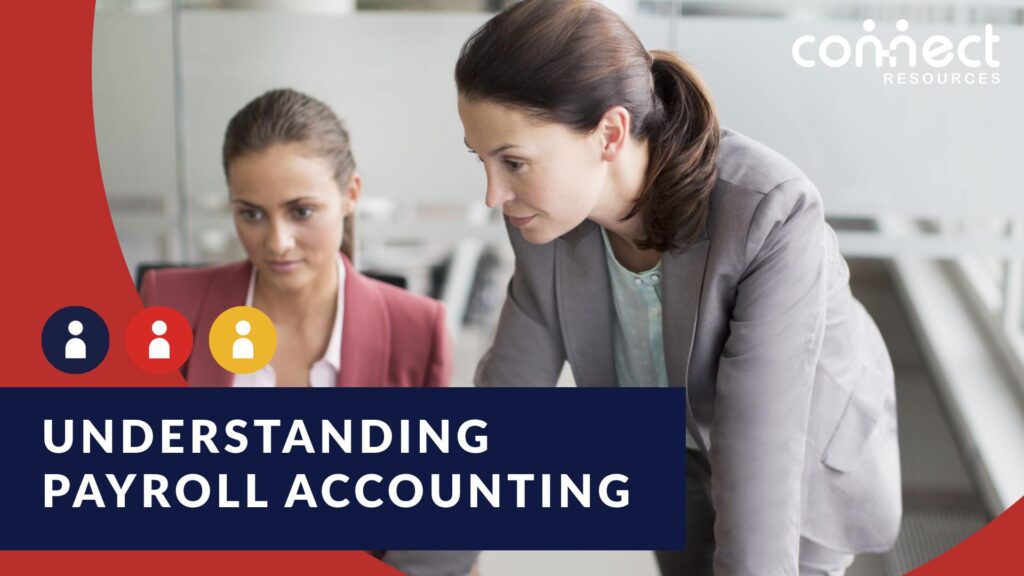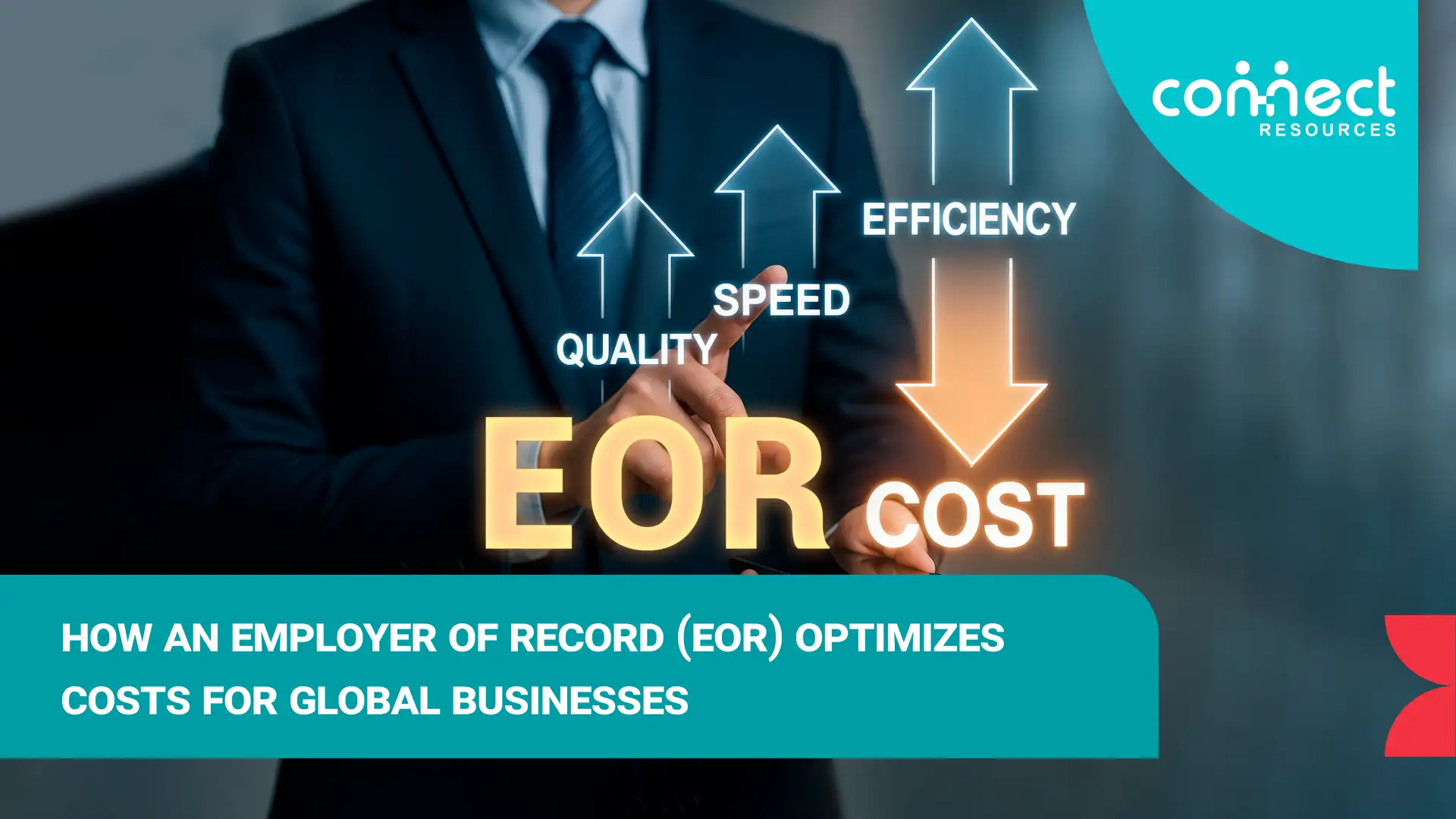The only way to carry out the payroll processes of your company effectively is by understanding what payroll accounting is. And, of course, it is vital to know about its purpose, methods, benefits, and many other factors you should be aware of. Once you have the necessary knowledge, you can apply it in order to set up an effective payroll accounting system.
In this article, you will learn everything you need to know about payroll accounting and the many elements it involves. For instance, here you will discover several examples of effective payroll accounting and the benefits that it provides the company. Plus, we will also provide you with a step-by-step guide so you can learn how to initiate payroll accounting correctly.
- What is exactly payroll accounting and what is its importance?
- How many types of expenses fall under the payroll accounting process?
- What is the process of accounting for payroll activities?
- What should you know about the left and the right side of a ledger entry?
- Things you should know about liabilities, expenses, and assets
- What are the steps you should follow to initiate the payroll accounting process?
- How can Connect Resources help you carry out our payroll tasks efficiently?
1. What is exactly payroll accounting and what is its importance?
Accounting in the payroll function of a company is as vital as any other core function, and even more delicate. And that is because accountants work to strict budgets and very strict rules and standards, having a great responsibility in the company. Therefore, it is essential to have a thorough understanding of how payroll accounting works in order to avoid making mistakes.
When it comes to this specific type of accounting, it consists of a company’s record of employees’ compensation and benefits. In other words, it includes everything that employees must receive for the hard work they performed in the company. More specifically, payroll accounting involves the following elements that all employees must receive depending on their employment contracts terms:
- Salaries, gross wages, commissions, bonuses, and any other thing that your employees earn for their hard work.
- It also includes withholding of payroll payments, which would usually be taxes. However, it may also include medical insurance, social security insurance, pension, and many other benefits that the government or third parties offer.
- Payroll accounting involves the employer portion of employee expenses and fringe benefits. Besides, it may also include sick days, paid holidays, savings plan contributions, and many other elements.
2. How many types of expenses fall under the payroll accounting process?
As we previously mentioned, there are several types of expenses that the payroll accounting process includes. The most common ones are these:
- Employee compensation: this involves salaries, gross wages, commissions, bonuses, tips, and many other related elements.
- Payroll taxes: it includes federal, state, or local taxes that are paid on employees’ wages.
- Employee benefit payments: this other section involves health insurance, savings plan contributions, and many other costs of benefits.
- Other benefits: these may include tuition reimbursement, child care, and many other fringe benefits.
- Other taxes: these could be the employer portions of Medicare and Social Security payments for each employee.
Nonetheless, you should also keep in mind that there are other expenses, but the payroll accounting process does not include them. Some of those elements are rent, utilities, inventory, office supplies, and other elements that are not related to employee benefits and compensation.
3. What is the process of accounting for payroll activities?
The first thing that you need to know is that payroll transactions should start with journal entries. In other words, the book of original entries in which financial transactions are recorded. And in this book, transactions must be recorded in chronological order before they are transferred to the ledger accounts.
Then we have the posting of transactions, which is the process of transferring all journal entries to the GL (General Ledger). And in order to keep the ledger up-to-date, it is important to do these tasks on a regular and timely basis.
As for the General Ledger, it contains the whole group of accounts that the company keeps. Therefore, the individual journals entries that you post must be in the ledger in order to record each transaction successfully. So, to summarize, the process of accounting for payroll tasks involves journal, posting, and the General Ledger.
3.1. What are the types of accounts in a General Ledger?
You can find several types of accounts that you may find in a General Ledger. And some of the main ones are these:
- Asset accounts: it includes cash, fixed assets, and accounts receivable.
- Capital account: as for this one, it consists of the retained earnings.
- Liability accounts: these other accounts must include accounts payable, long-term debt, and short-term payables.
- Expense accounts: in this case, these accounts involve salaries and wages expenses, depreciation expenses, utility expenses, and others.
- Revenue accounts: these other ones include sales and fees.
- Other accounts: lastly, you can also find many other gains and losses accounts, such as investment income, interest expenses, loss or gain on disposal of assets, and more.
4. What should you know about the left and the right side of a ledger entry?
As you may know, in accounting, a ledger entry has two sides; the left one and the right one. It is important to know what these two sides contain in order to fully understand how payroll accounting works. Firstly, we have the left side, which is the Debit side (Dr). And then, we have the right side, which is known as the Credit side (Cr).
The Debit side lists all debit transactions and also the amounts that the company owes or the values that it has received. And on this side, we can find that purchases, expenses, and assets increase. However, receipts, liabilities, sales, and capital decrease on this side.
On the other hand, the Credit side represents all the amounts that the company owns. Or it can also involve the values that the company has parted within a determined period. Unlike the Debit side, the Credit side is completely the opposite. Purchases, assets, and expenses decrease, while receipts, sales, liabilities, and capital increase.
Remember that you have a corresponding credit entry for every debit and vice versa. One of the entries will show what the firm has used the money for, depending on the type of account. And the other entry will show where the firm has taken the money from within the business in order to pay for that activity.
5. Things you should know about liabilities, expenses, and assets
When it comes to payroll accounting, it is usual to use expense, liability, and asset accounts. And we can mention three typical examples to explain these accounts. Firstly, we have gross wages, which are part of the expenses account. Then we have the payroll bank account; an asset. And lastly, we can mention tax payments and pension, which are liabilities.
As for how they work, let’s see another example; the double entry for gross wages in the journal is Wages Expenses debit, and Wages Control credit. Since gross wages are a company expense, it is represented as such, or credit, in the GL.
However, in the case of other entries in the wages control account, they would be debited. By way of an example, you will pay Net Wages to your employees by debiting Wages Control as well as crediting Bank. In the case of payment of pensions, they must be debited in the Wages Control account, and also credited as a Pensions Liability. Lastly, you must also remember that both the Debit and the Credit side must add up to the same total.
6. What are the steps you should follow to initiate the payroll accounting process?
In order to initiate your payroll accounting process, you must follow certain steps, which are the following:
- Determine the primary items for the payroll accounting
- Gather all necessary employee paperwork.
- Calculate the total sum of payments.
- Make sure to document payroll per expense.
- And lastly, file taxes.
6.1. Determine primary items for the payroll accounting process
The first thing you will need to do is to determine the way in which you desire to compensate your employees. Remember that the types of employee compensation can vary depending on the performance of your workers. But they can also determine the longevity of each worker and the amount of effort they need to exert.
The main items that you will need to consider for the payroll accounting process are wages, benefits, and periods of payment.
6.2. Gather all necessary employee paperwork
Now that you have determined the necessary items, the next step will be compiling all necessary documents and forms. Your employees must fill out some particular forms in order to continue with the payroll accounting process. For example, the W-4 form is one of the most common forms, and it determines the employee’s tax status. Depending on the local labour law in your location, there could be other forms.
6.3. Calculate the total sum of payments
A very efficient way in which you can file all payroll accounting information is by using a centralized software system. And during this important step and the rest of the process, this will help you save valuable time. For example, it can help you submit the necessary payments and forms electronically. Plus, it will send you reminders related to upcoming deadlines on specific tasks.
6.4. Make sure to document payroll per expense
And the next step you will need to do is to set up the documentation of the company’s financial transactions. You can account for your liabilities and expenses here by using what is included in the previous steps. Furthermore, you can also represent expenses by deducting the amount withheld or eligible for taxation.
6.5. File taxes
The last step for initiating the payroll accounting process will be finding out the net pay of your workers. You can do it by subtracting all deductions from their gross pay. And the employee and the government will get a final number due to the sum of that figure. Said number is how much they will get per paycheck. And in case of an audit, retain all required documents by federal, state, and local law.
7. How can Connect Resources help you carry out our payroll tasks efficiently?
If you desire to improve your payroll operations in your company, make sure to get in touch with our specialists. Our team will provide you with the information and guidance you need to make significant improvements in your business.
If you want to delegate your payroll tasks, you can delegate them to a professional agency like Connect Resources. We can offer you the best payroll outsourcing services and solutions if you allow us to take responsibility for your payroll functions. And all you have to do is to contact us and request more information about our many HR-related services.
Would you like to contact us to obtain more information about our payroll accounting and outsourcing services? If you have any questions, feel free to call us at +971 43 316 688 or write us an email at contact@connectresources.ae. Our representatives are working hard to answer all your inquiries.
Additionally, if you are a hard working professional seeking for employment, finding the best job opportunities is possible if you visit thetalentpoint.com website. And all you will need to do is to submit your resume or CV so you can start looking for your dream job. Moreover, you can also feel free to send an email at contact@thetalentpoint.com with your application, so we can review it.










